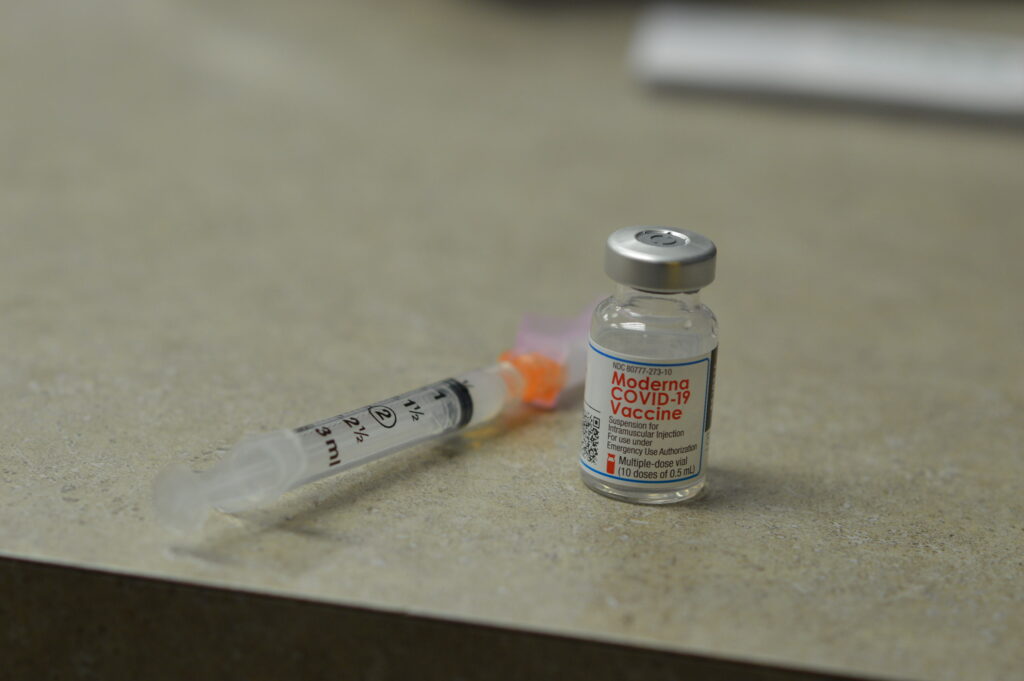
Public health officials announced Tuesday, May 4, 2021, that a new COVID-19 variant has been confirmed in Iowa.
According to the Iowa Department of Public Health, two cases of the COVID-19 variant, SARS-CoV-2 B.1.617, were confirmed in adults in Jefferson County, in southeastern Iowa.
The variant is referred to as the “India variant” because it was first detected there.
India is facing a grim point in the coronavirus pandemic, having surpassed 20 million cases nationwide as of May 4, with 222,000 deaths. According to the U.S. Centers for Disease Control & Prevention, more than 32 million COVID-19 cases have been confirmed in the United States to date, with 574,220 deaths. The CDC estimates more than 114 million Americans have actually been infected.
As of May 4, Iowa had confirmed 5,959 deaths from COVID-19, with 2,320 of those connected to nursing home outbreaks. Hospitalizations were up to 195, compared to 181 Iowans hospitalized over the previous 24 hours; 48 Iowans were in intensive care units, up from 45 the previous day; 34 patients were newly admitted, up from 30 the previous day, with 23 of those on ventilators, up from 20 the day before.
One bright spot, which points to the effectiveness of the COVID-19 vaccine, is evident in the number of nursing home outbreaks, down to one on May 4 at the Urbandale Health Care Center, compared to the record high on Dec. 3, 2020, when the state reported 169 outbreaks at long-term care centers.
Since that time, a majority of nursing home residents have been vaccinated, while vaccination rates overall are slowing in Iowa.
More than 1.1 million Iowans so far have been fully vaccinated, out of a population of more than 3.2 million.
The Iowa Department of Public Health noted the new variant was not considered a “variant of concern.”
“However, we share this information as a matter of public interest given the virus impact and newly issued travel restrictions to India,” the department stated in a press release. “The P.1 and B.1.1.7 variant strains which were previously confirmed by IDPH are considered ‘variants of concern.’”
Related: Variant first detected in U.K. confirmed in Iowa
Read more from the Iowa Department of Public Health:
“The cases were detected in an adult and an older adult in Jefferson County. IDPH and local public health have initiated contact with the individuals to understand exposures and initiate the public health monitoring process. The process includes notifying anyone with whom the individuals have been in close contact. As always, affected individuals are advised to isolate in accordance with IDPH and Centers for Disease Control (CDC) guidance.
The case was identified by the State Hygienic Lab (SHL). SHL is doing sequencing to understand what strains are circulating here in Iowa and contribute to the understanding of COVID-19 activity in the United States. Routine analysis of genetic sequence data assisted in identifying the new variant strain in Iowa.
“Getting vaccinated against COVID-19 is the best way to prevent this, or any other currently circulating strain of the virus from spreading through the population. Since the vaccine is now open to all Iowans over the age of 16, we have the opportunity to use this tool to protect ourselves, our loved ones and our communities,” said Dr. Caitlin Pedati, IDPH State Medical Director and Epidemiologist.
The CDC is tracking COVID-19 variants here.
Iowans who have not been vaccinated should visit https://vaccinate.iowa.gov/ to find a provider and schedule an appointment.
The emergence of new variants underscores that it remains critical for Iowans to continue the mitigation efforts that we know work to slow the spread of COVID-19:
- Get a COVID-19 vaccine
- Wear a mask or face covering
- Practice social distancing with those outside your household
- Clean your hands frequently with soap and water
- Stay home if you feel sick
- Get tested if you are exposed to, or have symptoms of COVID-19
- If you have been fully vaccinated for COVID-19, review CDC guidelines here“

No Comments Yet